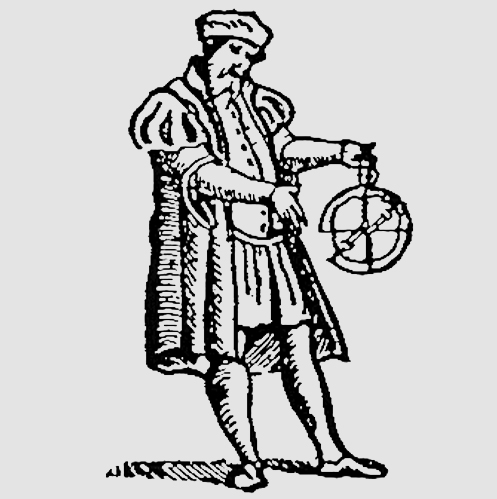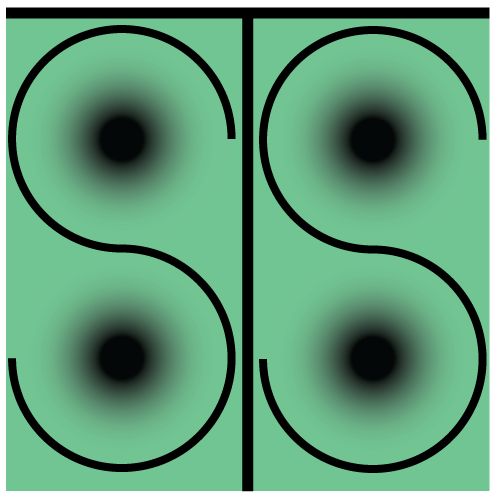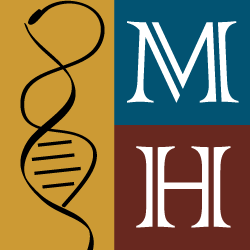Date/Time
Thursday
4 Nov 2021
4:00 pm - 5:30 pm
Location
470 Stephens Hall
Event Type
Colloquium
Soraya De Chadarevian
Professor of History of Science, Technology, and Medicine
Please join on Zoom
Please Register for the event
Please Register for the Master Class
In this talk, de Chadarevian will present the main arguments presented in her recently published book Heredity under the Microscope: Chromosomes and the Study of the Human Genome (Chicago July 2020).
The book is about chromosomes and the study of human heredity. It is also very much about the role of visual evidence in scientific research and the telling of history. Today, chromosomes are viewed as macromolecular assemblies and analyzed with an array of molecular techniques. Yet throughout much of the twentieth century, chromosomes were studied by researchers looking down the microscope at darkly stained bodies in the cell. In the 1950s, chromosome analysis emerged as a powerful tool to study heredity in humans. Unlike any other available technique, the improved chromosome preparations offered a direct glimpse of the complete genome of an individual, opening up seemingly endless possibilities of observation and interventions. In the vision of its promoters the techniques had wide implications for the study of a growing number of genetic conditions, the study of cancer, the biology of sex determination, infertility and aging, for epidemiological investigations and comparative studies of human populations, in radiation studies and toxicology, in the courts and the policy arena. Through these appropriations the meanings of chromosomes and of human heredity expanded and changed. Taking human chromosomes and the techniques and images that came packaged with them as focal point, Heredity under the Microscope reconstructs where human heredity mattered and genetic knowledge was embraced, debated and rejected. Overall, the argument presented in the book is that the patient collecting of cases and the often bewildering variety of observations made by chromosome researchers looking down the microscope were as central to the making of human heredity as the search for fundamental mechanisms gleaned from the study of simple organisms pursued at the same time.
Additional sponsorship comes from: CSTMS




